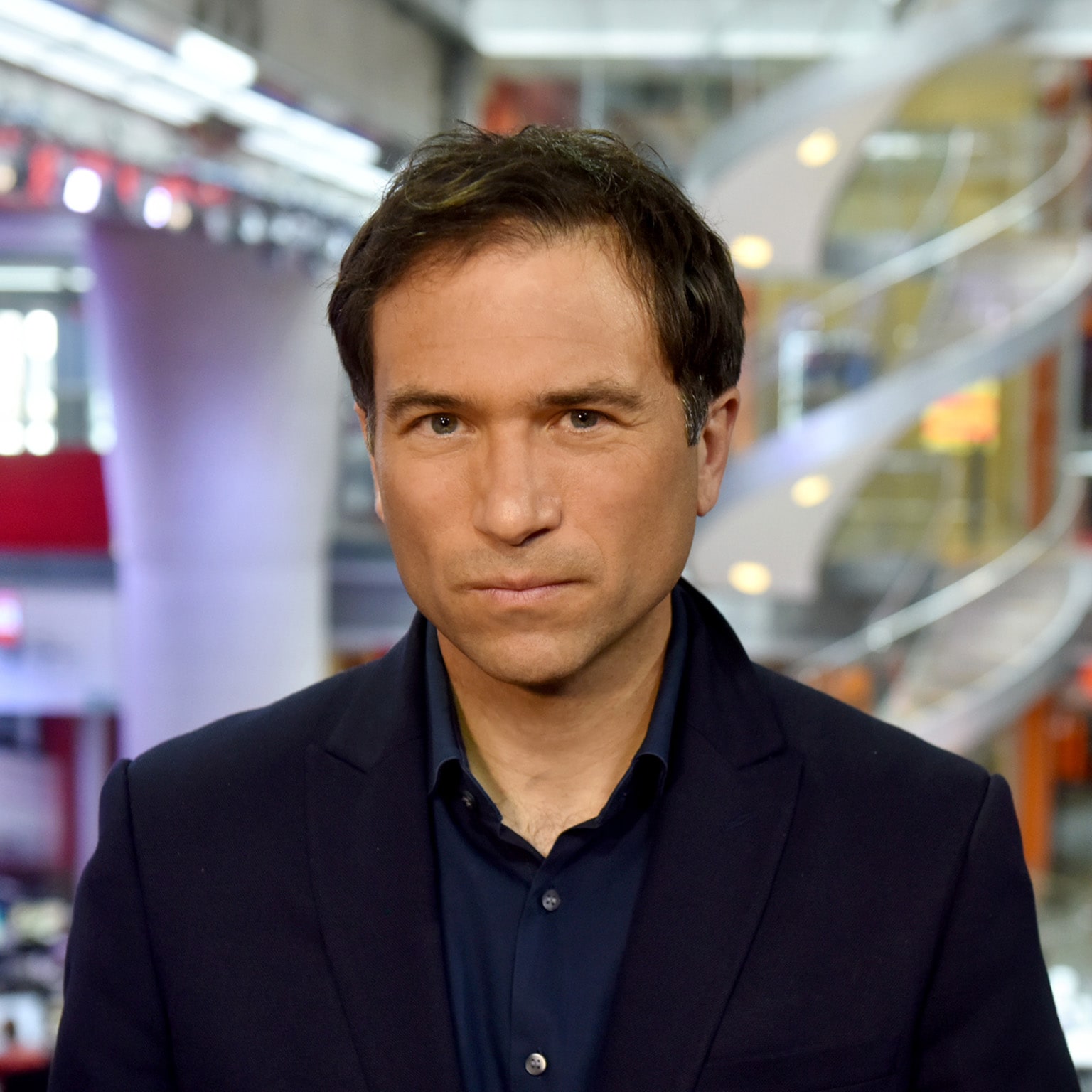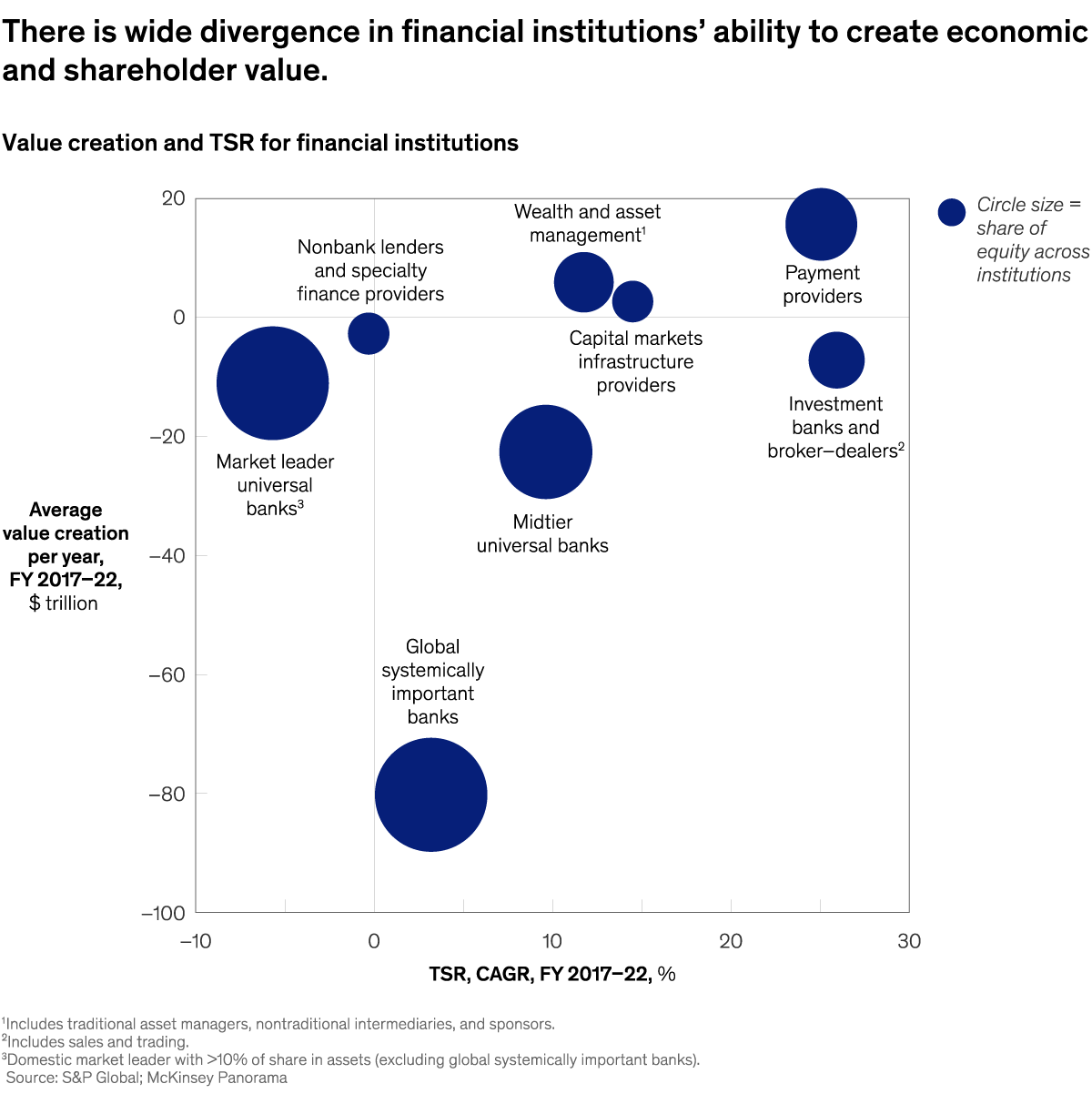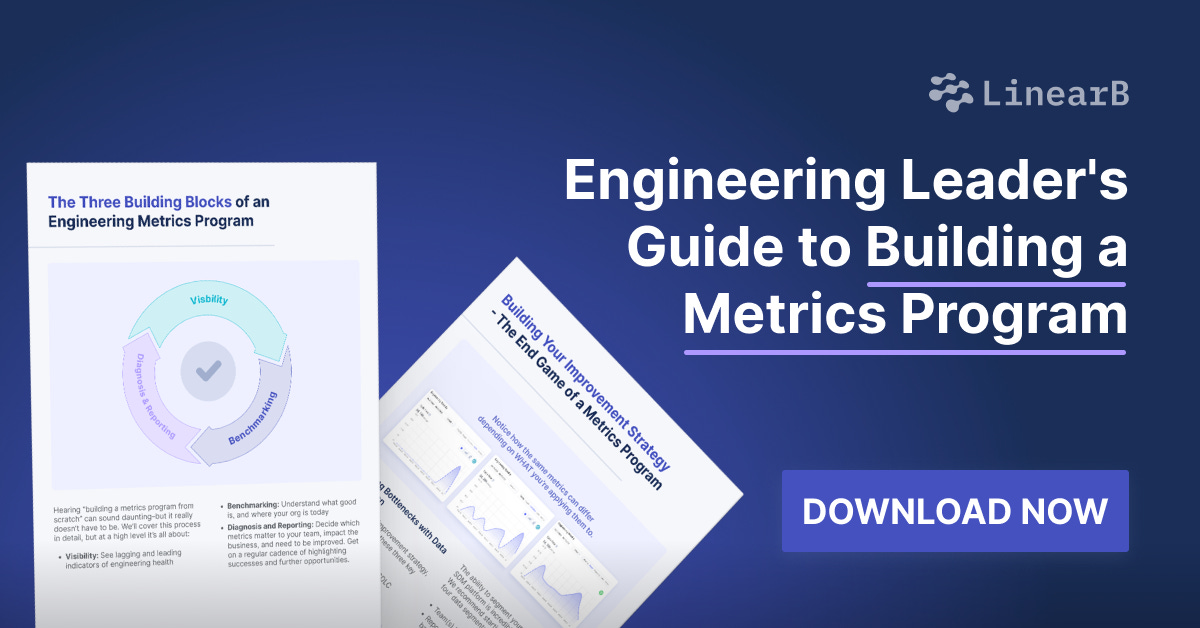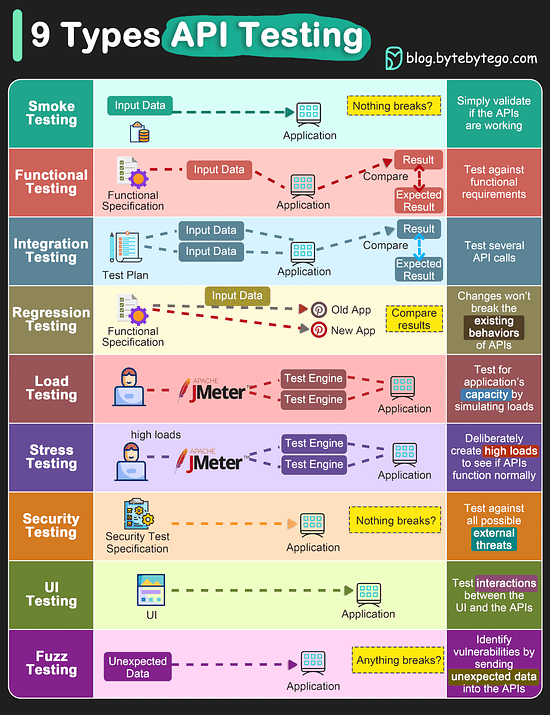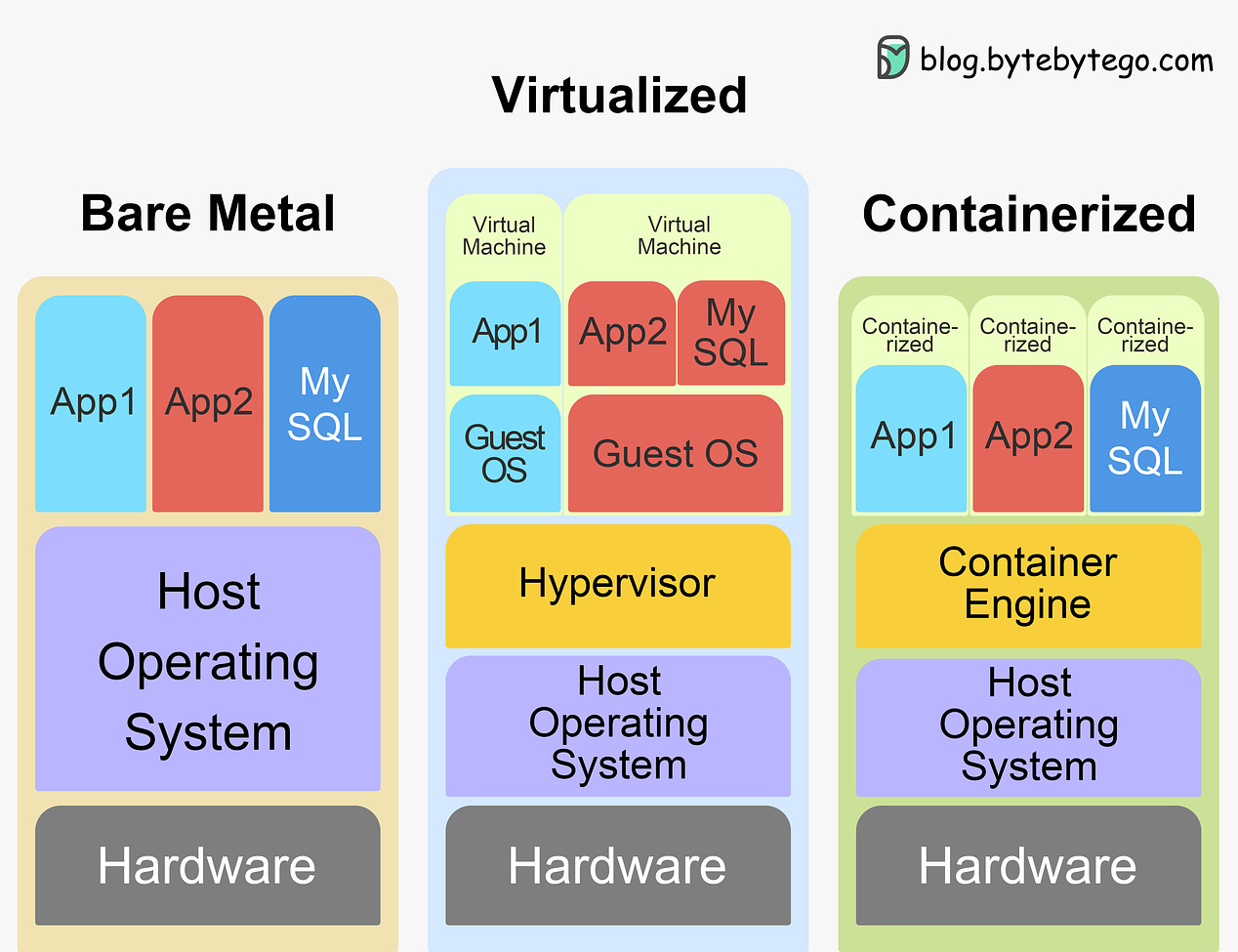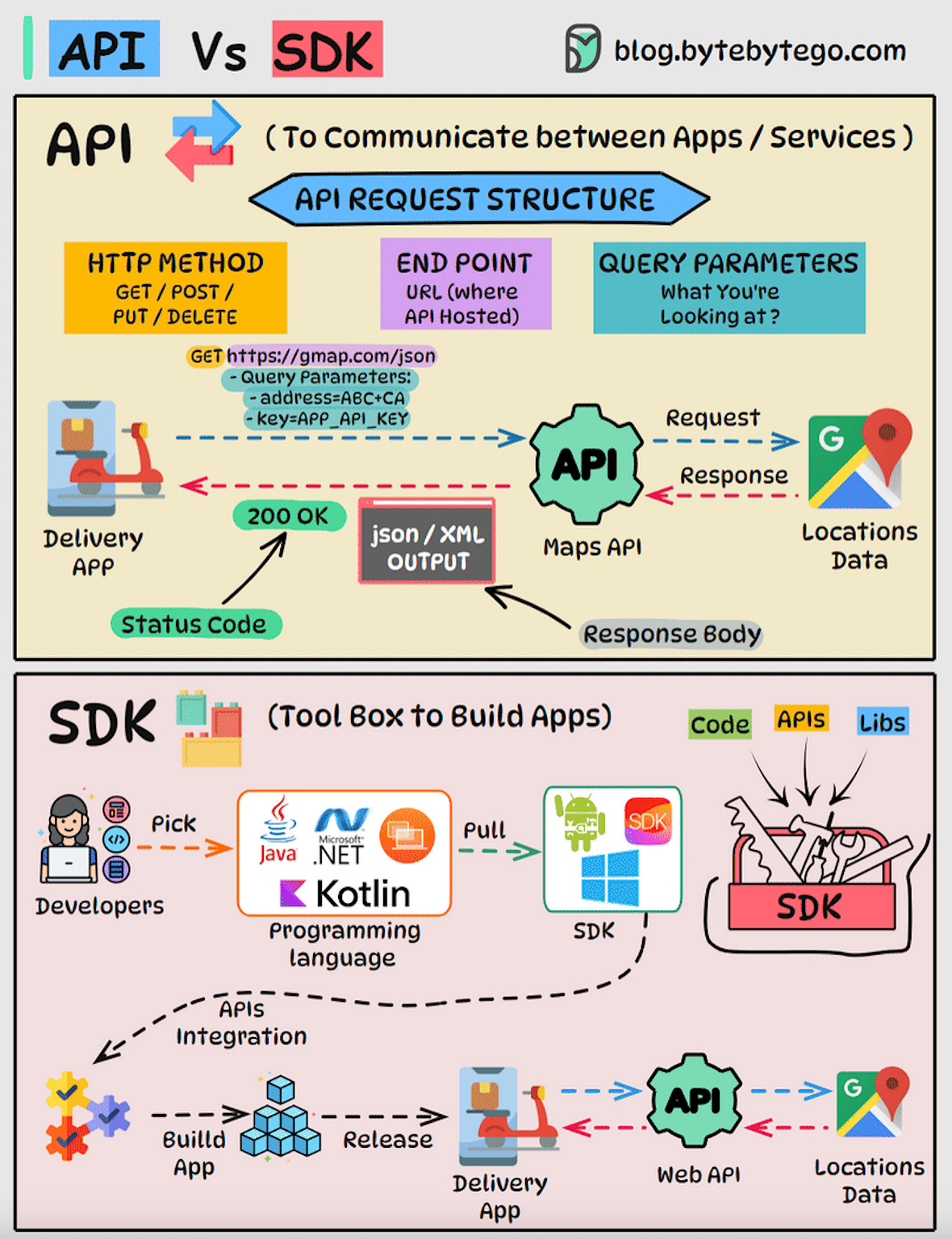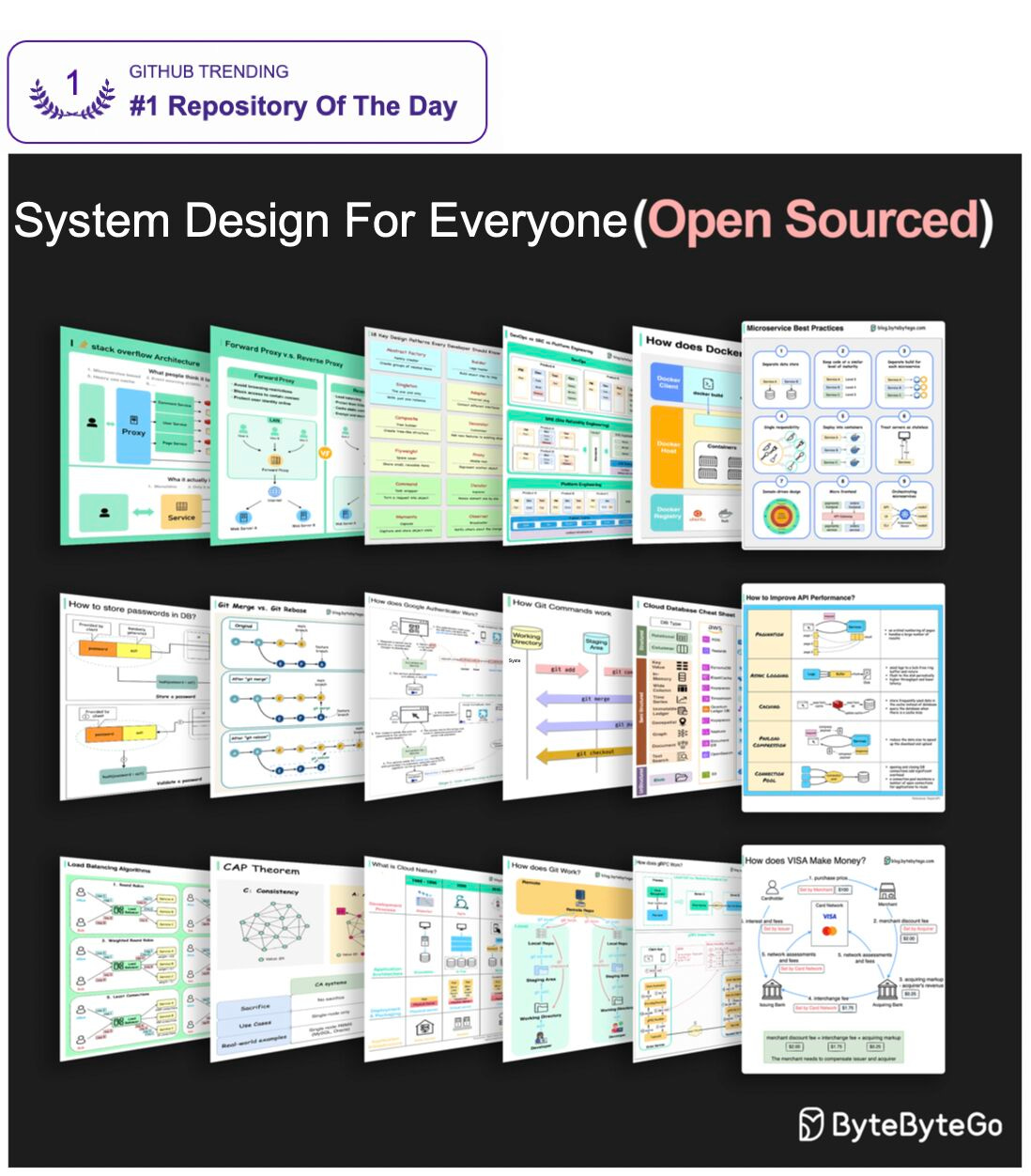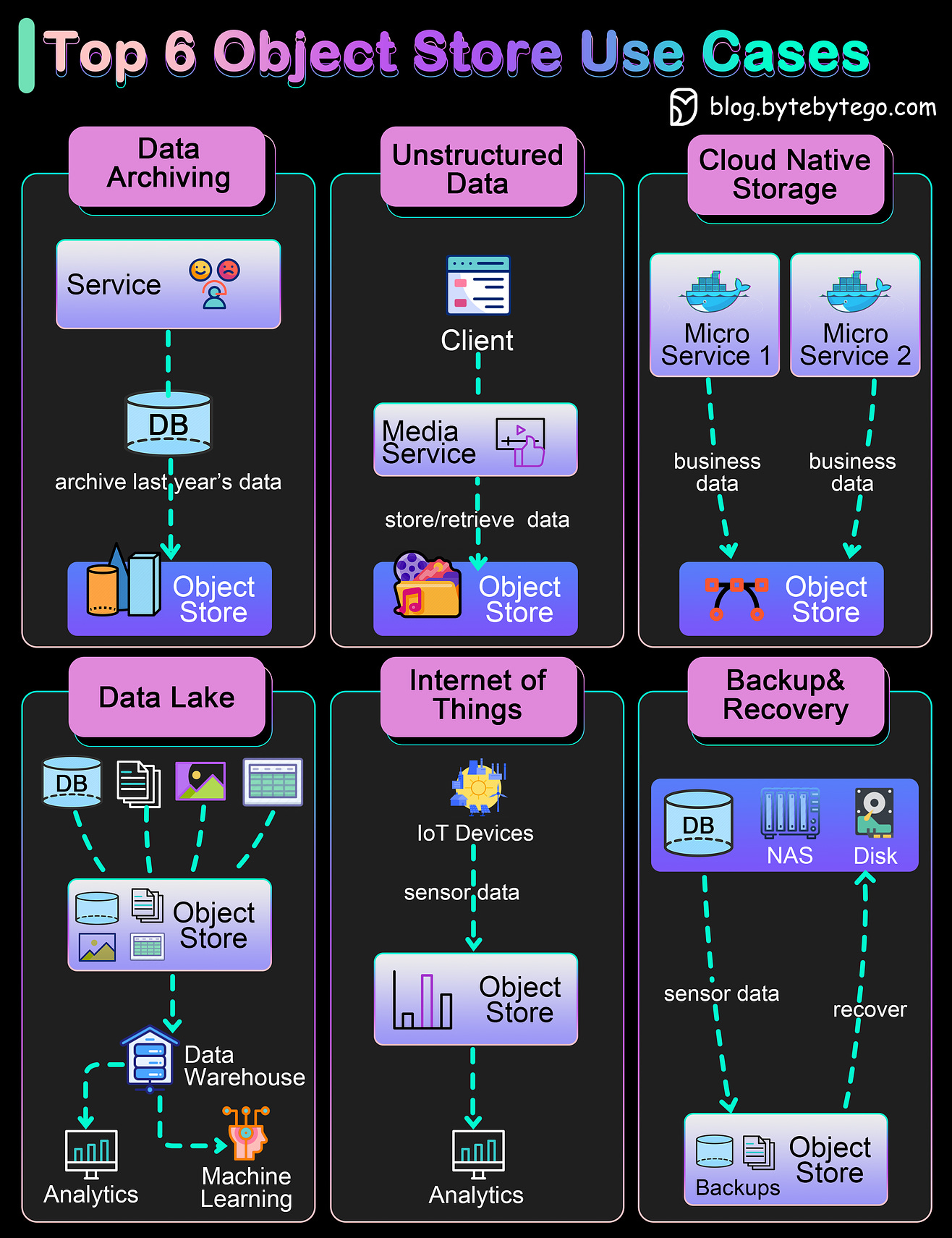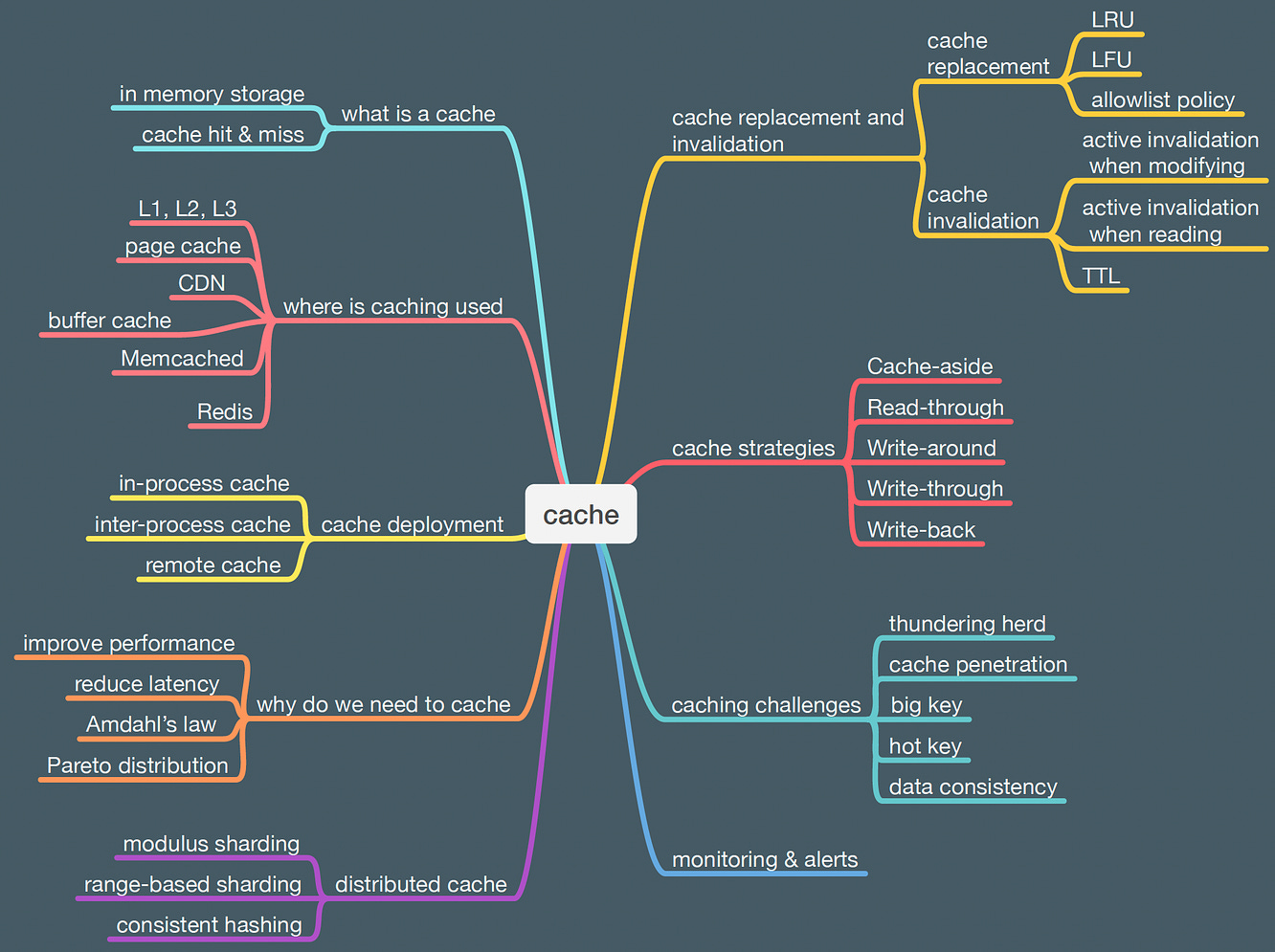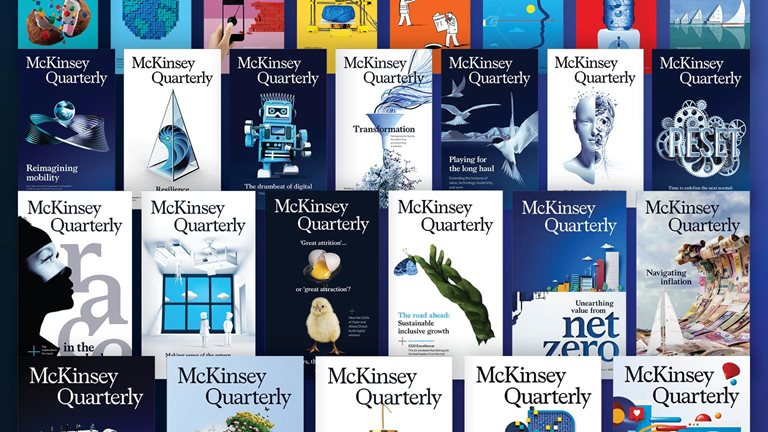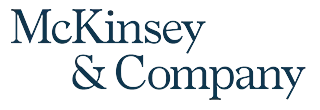Archives
- By thread 5363
-
By date
- June 2021 10
- July 2021 6
- August 2021 20
- September 2021 21
- October 2021 48
- November 2021 40
- December 2021 23
- January 2022 46
- February 2022 80
- March 2022 109
- April 2022 100
- May 2022 97
- June 2022 105
- July 2022 82
- August 2022 95
- September 2022 103
- October 2022 117
- November 2022 115
- December 2022 102
- January 2023 88
- February 2023 90
- March 2023 116
- April 2023 97
- May 2023 159
- June 2023 145
- July 2023 120
- August 2023 90
- September 2023 102
- October 2023 106
- November 2023 100
- December 2023 74
- January 2024 75
- February 2024 75
- March 2024 78
- April 2024 74
- May 2024 108
- June 2024 98
- July 2024 116
- August 2024 134
- September 2024 130
- October 2024 141
- November 2024 171
- December 2024 115
- January 2025 216
- February 2025 140
- March 2025 220
- April 2025 233
- May 2025 239
- June 2025 303
- July 2025 176
-
New Relic named an APM Leader by GigaOm
New Relic
 November 2023
November 2023New Relic named an APM Leader by GigaOm New Relic is named a Leader in the GigaOm 2023 Radar for APM report! Read why our platform is recognized for its leading execution and value, providing full-stack observability through 30+ connected capabilities and 700+ integrations.
Learn more  When a data breach happens, the company is held responsible for security mismanagement, however, all developers can contribute to protecting data exposure in their applications with the proper training and tools. In this blog, you’ll learn how sensitive data can be leaked through logs, and how you can use New Relic’s log obfuscation feature to protect sensitive data.
When a data breach happens, the company is held responsible for security mismanagement, however, all developers can contribute to protecting data exposure in their applications with the proper training and tools. In this blog, you’ll learn how sensitive data can be leaked through logs, and how you can use New Relic’s log obfuscation feature to protect sensitive data.
Domino’s UK takes an academic approach to methodically build an SRE function, reduce errors, and improve engineering speed.Useful Reads If you’re running on Amazon Web Services (AWS), you need the ability to optimize performance and constantly improve your operations, making the monitoring of AWS resources essential. To understand the benefits and functionalities of sending AWS Metric Streams data to New Relic, check out the blog to learn more.
If you’re running on Amazon Web Services (AWS), you need the ability to optimize performance and constantly improve your operations, making the monitoring of AWS resources essential. To understand the benefits and functionalities of sending AWS Metric Streams data to New Relic, check out the blog to learn more.
EMEA New Relic user meetups are back! Join our next round of EMEA user meetups for an afternoon of food, drinks, swag and of course - data talk! Our local engineers will take you through the latest updates and best practices in Dev toolchain, APM, Infra and Logs - and dig into a wider range of your topic requests from the past few meetups. We’ll also share exclusive insight into the latest news and releases straight from New Relic’s annual flagship conference, FutureStack 2023. Happening in Amsterdam, Dubai, Berlin, Madrid, Stockholm & Paris.Upcoming Webinars
Join our next round of EMEA user meetups for an afternoon of food, drinks, swag and of course - data talk! Our local engineers will take you through the latest updates and best practices in Dev toolchain, APM, Infra and Logs - and dig into a wider range of your topic requests from the past few meetups. We’ll also share exclusive insight into the latest news and releases straight from New Relic’s annual flagship conference, FutureStack 2023. Happening in Amsterdam, Dubai, Berlin, Madrid, Stockholm & Paris.Upcoming Webinars
Register for this online workshop on 23rd November at 10 AM GMT/ 11 AM CET to learn about dashboard design strategies, accessing best-in-class templates, and get hands-on creating powerful charts and writing NRQL queries for visualizing trends, and correlating different data sets. In this hands-on workshop, you’ll get to elevate your dashboard skills to help visualize systems, business performance, and make data driven decisions.
Register here
End-of-Life Announcements
NrUsage and NrDailyUsage events (extended to December 1, 2023)
- NrUsage and NrDailyUsage events will no longer be logged to New Relic since they are duplicative of NrConsumption/NrCustomerConsumption events. Please use NrConsumption/NrCustomerConsumption events instead.
- Please switch alerts, dashboards, and monitors to leverage NrConsumption/NrCustomerConsumption events before December 1, 2023.
- For more details, please see here.
- To learn how to create queries and alerts for your New Relic billing-related usage, please see here.
Need help? Let's get in touch.



This email is sent from an account used for sending messages only. Please do not reply to this email to contact us—we will not get your response.
This email was sent to info@learn.odoo.com Update your email preferences.
For information about our privacy practices, see our Privacy Policy.
Need to contact New Relic? You can chat or call us at +44 20 3859 9190.
Strand Bridge House, 138-142 Strand, London WC2R 1HH
© 2023 New Relic, Inc. All rights reserved. New Relic logo are trademarks of New Relic, Inc
Global unsubscribe page.
by "New Relic" <emeamaketing@newrelic.com> - 07:07 - 2 Nov 2023 -
Who are ‘zero consumers’ and what do they want?
On Point
How consumer behavior is shifting
by "McKinsey On Point" <publishing@email.mckinsey.com> - 11:07 - 1 Nov 2023 -
SmartBus - 🚌 Advanced School Bus Management Software to Safe Guard Your Children.
SmartBus - 🚌 Advanced School Bus Management Software to Safe Guard Your Children.
Get a 360-degree view of student attendance, pickups/drops, safety, driving patterns, routes, delays, etc.Our advanced school bus tracking software is designed to be user-friendly and cost-effective, making it an excellent choice for managing school bus operations.
Different Users Different apps



Provide school buses with advanced tools to reduce workload and increase productivity.

Uffizio Technologies Pvt. Ltd., 4th Floor, Metropolis, Opp. S.T Workshop, Valsad, Gujarat, 396001, India
by "Sunny Thakur" <sunny.thakur@uffizio.com> - 08:00 - 1 Nov 2023 -
The microhabits that help CEOs succeed
Re:think
Improving the inner lives of CEOs FRESH TAKES ON BIG IDEAS
I’ve spent most of my career working with CEOs; I have met with a hundred or so just in the past year. When I tell people that, everyone wants me to distill the secrets of leadership into a simple formula. Sorry, I can’t do it. But I will pass on something I’ve learned that might be helpful.
Everybody knows about what we might call the macrohabits of leaders: staking out a vision for the company, setting a tone of fairness among employees, being visible to stakeholders, fielding tough questions, pushing hard for results—these are the behaviors that everyone expects from a CEO.But there’s another layer of behaviors that goes less noticed and arguably has even more to do with success, especially if success to you means excelling in areas like commitment, sustainability, satisfaction, and well-being. These are the microhabits of leadership—the little things—and they’ve never been more important, as business and society grapple with an endless cascade of uncertainty or worse: wars on several continents, a global economy that can’t make up its mind, new technologies like gen AI that might make everything better (or worse), and so on.
How do you stay zen through all of this and still deliver on the vast expectations of a CEO? Start at the bottom of Maslow’s hierarchy of human needs: bodily health. Leaders need to find the time for simple daily routines that preserve mental and physical stamina. One go-to move is to set up a regular early-afternoon call with someone you like. Taking a walk is never a bad idea. And sometimes, it’s just a matter of staying upbeat and finding new sources of inspiration. One leader told me he wakes up every morning asking the same question: “What’s going to be nice today?” Expressing gratitude is a powerful daily habit. Above all, get some sleep. Turn off your phone and pick up an old-fashioned book for 30 minutes.“The microhabits of leadership—the little things—have never been more important, as business and society grapple with an endless cascade of uncertainty.”
Sound mind, sound body: if you’ve got that, you’ve got everything you need to build a few microhabits to elevate your workday. It’s more important than ever to know your strengths and pace yourself. Many leaders fall into a trap on their way up the career ladder. They don’t dare (or know how) to delegate. Huge mistake. You hired the people around you because they were exceptional; why don’t you trust them? Stay out of their way and let them do their thing. The true test of leadership is when your team succeeds without you. Letting others take the wheel is probably the top secret of time management for CEOs, but there are others. Hold the line on travel. Cap the length of meetings. Pick up the phone rather than ponder the right wording for an email.
OK, let’s kick it up a notch. Some leaders have also told me about the importance of symbolic acts. How many times have you heard a friend describe an encounter with a celebrity by saying, “He was really down-to-earth” or “She seemed like a real person”? In our optics-focused age, being a real person seems weird or forced or impossible, but it doesn’t have to be. Some CEOs, celebrities in their own right for their workforces, are taking turns as mystery shoppers to see their companies the way their customers do. Some are showing up at stores to greet customers, even doing a shift at the customer-service desk, to model how best to listen to people who are unsatisfied with a transaction and then turn them into customers for life. Others are spending time with junior managers, half of whom started after the 2008 financial crisis and 70 percent after the dot-com bubble. Stories from the old days can inspire and inform.
These are some of the microhabits that I’ve learned from leaders and try to practice myself. Remember that as a leader, the only way to take good care of your teams, customers, shareholders, and communities is to take good care of yourself.ABOUT THIS AUTHOR
Homayoun Hatami is the managing partner for global client capabilities and a senior partner in McKinsey’s Paris office.
MORE FROM THIS AUTHOR
UP NEXT
Ziad Haider on how boards navigate geopolitics
Geopolitics raises risk, strategy, and—oftentimes— existential questions for firms. Amid growing geopolitical fragmentation, board members face the complex test of helping navigate leadership through what it means to be a global company today.
Share these insights
This email contains information about McKinsey’s research, insights, services, or events. By opening our emails or clicking on links, you agree to our use of cookies and web tracking technology. For more information on how we use and protect your information, please review our privacy policy.
You received this email because you subscribed to our McKinsey Quarterly alert list.
Copyright © 2023 | McKinsey & Company, 3 World Trade Center, 175 Greenwich Street, New York, NY 10007
by "McKinsey Quarterly" <publishing@email.mckinsey.com> - 03:13 - 1 Nov 2023 -
Join our exclusive webinar on streamlining contractor management with Remote 💥
Join our exclusive webinar on streamlining contractor management with Remote 💥
At Remote, we understand the ever-evolving landscape of workforce management and the importance of staying ahead of the curve.
In this spirit, we are hosting a special webinar on...
Streamlining Contractor Management with Remote.
15th of November 2023 at 3:30 PM UTC.
What’s exciting about this webinar? 😉
Our in-house experts will share the latest product developments, provide a sneak peek into the roadmap, and discuss best practices and developments. We are also excited to be joined by a beloved customer who will share their success story about transitioning from home-grown systems to Remote for managing their contractor workforce and the significant difference it has made!
Can’t make the date?
Register for the webinar and we’ll send you the session recording after the event.
See you there,
Team Remote
Need Help?
We're Here for You!
Search over 1,500 articles, visit our Help Center.

Live Chat for direct help inside your Remote dashboard.

Prefer a personal touch? Schedule a call with an expert.





You received this email because you are subscribed to Conferences & Events from Remote Technology, Inc.
Update your email preferences to choose the types of emails you receive.
Unsubscribe from all future emailsRemote Technology, Inc.
Copyright © 2023 Remote Technology, Inc. All rights reserved.
18 Bartol St. #1163 San Francisco California
by "Remote" <hello@remote-comms.com> - 12:00 - 1 Nov 2023 -
Women are ‘breaking up’ with unfulfilling jobs. What can employers do?
On Point
What women say they want Brought to you by Liz Hilton Segel, chief client officer and managing partner, global industry practices, & Homayoun Hatami, managing partner, global client capabilities
•
Remote-work trade-offs. Flexible work arrangements have enabled more working moms to stay employed. At the same time, women who work remotely could pay a steep price for doing so in terms of being able to advance their careers. US researchers found that a decade of remote work from 2009 to 2019 lifted working moms’ employment rates in fields such as computer science and marketing and communications. Yet remote work may also decrease the amount of feedback given to less experienced workers and female employees. [NYT]
•
‘Voting with their feet.’ Women are ambitious but face hurdles in their efforts to advance in the workplace, McKinsey senior partners Lareina Yee and Alexis Krivkovich share on an episode of The McKinsey Podcast. “We found that 37% of women leaders had a coworker take credit for their idea, and that they were two times more likely to be mistaken for someone junior,” Yee explains. For the first time, women leaders are voting with their feet; they’re leaving their jobs for more fulfilling work in unprecedented numbers, adds Krivkovich.
— Edited by Belinda Yu, editor, Atlanta
Introducing Insights to Impact
Be among the first to subscribe to this free newsletter delivering a weekly roundup of analysis that’s influencing decision makers. Each Friday, we’ll offer insights across geographies, industries, and capabilities to help leaders identify new opportunities to spur innovation and growth, sustainably.
Click to subscribeThis email contains information about McKinsey's research, insights, services, or events. By opening our emails or clicking on links, you agree to our use of cookies and web tracking technology. For more information on how we use and protect your information, please review our privacy policy.
You received this email because you subscribed to the On Point newsletter.
Copyright © 2023 | McKinsey & Company, 3 World Trade Center, 175 Greenwich Street, New York, NY 10007
by "McKinsey On Point" <publishing@email.mckinsey.com> - 01:41 - 1 Nov 2023 -
Remote Connect 2023 now available on-demand, discover where to hire, plus new stories from around the world in this month’s global update
Remote Connect 2023 now available on-demand, discover where to hire, plus new stories from around the world in this month’s global update
Your monthly dose of news from Remote in your inbox
 october
2023
october
2023

top stories
Remote Connect 2023: now streaming!
Remote Connect 2023 has wrapped up! We had a fantastic time at the virtual event, as well as our in-person events across the globe. Now, you can access all the insights, education, and engaging discussions on-demand at your convenience, covering topics like...
🌍 Global expansion & workforce management
- Expert voices: Delve into advice from our CEO, renowned UK investors, and NYC's investment mavens on distributed companies.
- Future leadership: Uncover the essential traits of tomorrow's leaders and actionable growth strategies.
- Seamless integration: Learn how to perfectly blend office culture with your remote teams.
- Pro tips: Benefit from the expertise of leaders at companies like Fountain, Airbase, SAP, Zendesk, Two Sigma Ventures, Gusto, Seatti and more.
📍 Regional perspectives on remote work
- European insights: Join HR leader Wolfgang Brickwede as he unravels skill shortages in Germany and Europe, and offers robust solutions.
- APAC focus: Navigate the unique attributes of the APAC labor market and discover strategic scaling tips.
- Hear from the best: Engage with ANZ leaders and our President, Marcelo Lebre, on crafting exceptional remote employee experiences.
💼 Business growth & investment strategies
- Global growth: Learn directly from the Head of Global Expansion at Grow with SAP on navigating global scaling.
- Legal & investor lens: Weigh benefits and risks, and understand startup equity's pivotal role in distributed firms.
- Sustainable strategies: Discover proven methods to ensure continuous growth and connect with partners from Two Sigma Ventures and B Capital Group.

customer stories
Global unicorn commercetools scales its global recruitment with Remote 🌎
One of the fastest-growing digital commerce providers of all time, Commercetools, has achieved both unicorn and centaur status. Since its inception in 2006, it has grown into a company with over 650 workers spread across more than 26 countries. Discover how Remote helps Commercetools hire, pay, and manage its global workforce.

new feature announcement
Introducing our new Global Employment Country Selector tool. Your key to effortless global hiring!
Unveiling a game-changing hiring tool tailored for your needs! Pinpoint the best countries to source talent by factoring in your budget, role type, and crucial employment preferences. Just a few clicks away from borderless opportunities—try our free calculator now and redefine your global hiring strategy!

learning and insights
4 Forces that are fundamentally changing how we work
Unlock the future of work with HBR's latest piece! Dive into the four transformative forces, from AI to societal shifts, shaping our work landscape.
Adapt and thrive, or risk being left in the past.
Women in the workplace 2023: key findings & takeaways
Discover the definitive 'Women in the Workplace' study by LeanIn.Org and McKinsey! Dive into unparalleled insights from the largest analysis of corporate America's gender dynamics, compiled from 900+ organizations and 23 million employees.
Elevate gender diversity in your organization.

Need Help?
We're Here for You!
Search over 1,500 articles, visit our Help Center.

Live Chat for direct help inside your Remote dashboard.

Prefer a personal touch? Schedule a call with an expert.

.png?height=64&upscale=true&name=Youtube%20(5).png)

.png?height=64&upscale=true&name=twitter%20(4).png)
.png?height=64&upscale=true&name=instagram%20(1).png)
You received this email because you are subscribed to News & Offers from Remote Technology, Inc.
Update your email preferences to choose the types of emails you receive.
Unsubscribe from all future emailsRemote Technology, Inc.
Copyright © 2023 Remote Technology, Inc. All rights reserved.
18 Bartol St. #1163 San Francisco California
by "Remote" <hello@remote-comms.com> - 09:31 - 31 Oct 2023 -
Tips on cost-effective log management that don’t compromise quality
New Relic
 Efficient log management is the linchpin for organizations that can troubleshoot issues with precision while maintaining peak system performance. As the complexity of software systems increases, scaling log management, within budget, becomes an even greater challenge.
Efficient log management is the linchpin for organizations that can troubleshoot issues with precision while maintaining peak system performance. As the complexity of software systems increases, scaling log management, within budget, becomes an even greater challenge.
Our blog about scaling logging on a budget gives you tips on:
- Selecting the right logging solution tailored to your needs.
- Avoiding common pitfalls when choosing a logging solution.
- Implementing practical tips for budget-friendly log scaling.
- Centralizing log management for efficiency.
Read the Blog Need help? Let's get in touch.



This email is sent from an account used for sending messages only. Please do not reply to this email to contact us—we will not get your response.
This email was sent to info@learn.odoo.com Update your email preferences.
For information about our privacy practices, see our Privacy Policy.
Need to contact New Relic? You can chat or call us at +44 20 3859 9190.
Strand Bridge House, 138-142 Strand, London WC2R 1HH
© 2023 New Relic, Inc. All rights reserved. New Relic logo are trademarks of New Relic, Inc
Global unsubscribe page.
by "New Relic" <emeamarketing@newrelic.com> - 08:06 - 31 Oct 2023 -
Re:swift copy
Dear Sir,
We have remitted you the transfer of $77,310 for invoice no PS5316Please find the attached swift copy for the same.
Kindly confirm this payment Asap.Thank you
Dreaming of Kim Hwi-ryeong
Accountant
DUWON SHIPPING CO.,LTD.
Annex of Donghaeport Int’l Passenger Terminal, 210, Daedong-ro,
Donghae-si, Gangwon-do, Republic of Korea
HWIRYEONG KIM / Assistant Manager Hwiryeong Kim
TEL : 82-33-521-0662 / FAX : 82-33-521-0666
E-MAIL : hrkim@dwship.co.kr/ cargo@
dwship.co.kr
by " dwship.co.kr" <nshwang@dwship.co.kr> - 06:34 - 31 Oct 2023 -
New entrants are shaking up Europe’s auto industry. Can the sector stay competitive?
On Point
Seven actions stakeholders can take Brought to you by Liz Hilton Segel, chief client officer and managing partner, global industry practices, & Homayoun Hatami, managing partner, global client capabilities
•
‘Running into reality.’ Chinese carmakers commanded the showrooms of a biennial auto expo held in Munich in September, with twice the number of Chinese companies displaying their models when compared with 2021. The auto industry is transforming rapidly. In Europe, EVs make up nearly 20% of all cars sold. By 2030, EVs could account for 35% of global auto sales, according to the International Energy Agency. China’s automakers are expanding into overseas markets as local demand for Chinese-made vehicles slows. [FT]
•
A regional powerhouse. Europe’s automotive industry is a powerhouse for the region. The sector contributed roughly 10% of Europe’s exports in 2022. However, the auto industry’s status as a jewel of the European economy is being challenged as leaders face massive shifts such as the electrification of vehicles, which requires differentiation through software. This has allowed new entrants in Europe and abroad, especially in China, to win market share, according to McKinsey senior partner Ruth Heuss and coauthors.
— Edited by Belinda Yu, editor, Atlanta
Introducing Insights to Impact
Be among the first to subscribe to this free newsletter delivering a weekly roundup of analysis that’s influencing decision makers. Each Friday, we’ll offer insights across geographies, industries, and capabilities to help leaders identify new opportunities to spur innovation and growth, sustainably.
Click to subscribeThis email contains information about McKinsey's research, insights, services, or events. By opening our emails or clicking on links, you agree to our use of cookies and web tracking technology. For more information on how we use and protect your information, please review our privacy policy.
You received this email because you subscribed to the On Point newsletter.
Copyright © 2023 | McKinsey & Company, 3 World Trade Center, 175 Greenwich Street, New York, NY 10007
by "McKinsey On Point" <publishing@email.mckinsey.com> - 01:05 - 31 Oct 2023 -
คำแนะนำการเปลี่ยนแบตเตอรี่ตามรอบการใช้งานจาก ชไนเดอร์ อิเล็คทริค | ลดสูงสุด 42%
Schneider Electric
บริการเชิงรุก Digital ServicesBattery Replacement 2023หากคุณมี UPS 3 Phase รุ่น Smart-UPS, Galaxy 3500, Symmetra ที่อายุมากกว่า 3 ปี ตามคำแนะนำของผู้เชี่ยวชาญจาก ชไนเดอร์ อิเล็คทริค เราขอแนะนำให้ท่านทำการเปลี่ยนแบตเตอรี่ตามรอบการใช้งานของอายุแบตเตอรี่ลิเทียมไอออน พิเศษสุดๆ! สำหรับท่านที่ทำการเปลี่ยน APC แบตเตอรี่กับเราภายในระยะเวลาแคมเปญ ลดทันทีสูงสุดถึง 42%!!! ตั้งแต่วันนี้ - 31 ธันวาคม 2023
*ราคาในตารางที่แนบมารวมค่าแรงเปลี่ยนอุปกรณ์ ณ ไซต์งานกรุงเทพ ปริมณฑลสแกนลงทะเบียนรับสิทธิ์โปรดสแกน QR Code หรือคลิกที่ปุ่มด้านล่าง เพื่อลงทะเบียนรับสิทธิ์โปรโมชัน+ Lifecycle Services From energy and sustainability consulting to optimizing the life cycle of your assets, we have services to meet your business needs. Schneider Electric
46 Rungrojthanakul Building. 1st, 10th, 11th Floor, Ratchadapisek Road. Huaykwang
Bangkok - 10310, Thailand
Phone +662 617 5555© 2023 Schneider Electric. All Rights Reserved. Schneider Electric is a trademark and the property of Schneider Electric SE, its subsidiaries and affiliated companies. All other trademarks are the property of their respective owners.
by "Schneider Electric" <reply@se.com> - 09:01 - 30 Oct 2023 -
Driver Monitoring Software that Tracks and Manages Driver Activities Embracing Safe Driving Behaviors for a Better Tomorrow.
Driver Monitoring Software that Tracks and Manages Driver Activities Embracing Safe Driving Behaviors for a Better Tomorrow.
A critical aspect of fleet management that can impact everything from safety to costs and productivity.A critical aspect of fleet management that can impact everything from safety to costs and productivity.
Find Out What Makes Our Software Stand Out from the Crowd
Driver Performance
Refers to evaluating a driver's skills, behaviors, and effectiveness in carrying out their duties. Used to allocate drivers based on performance, ensuring that the most effective drivers are assigned to the most important routes or tasks.
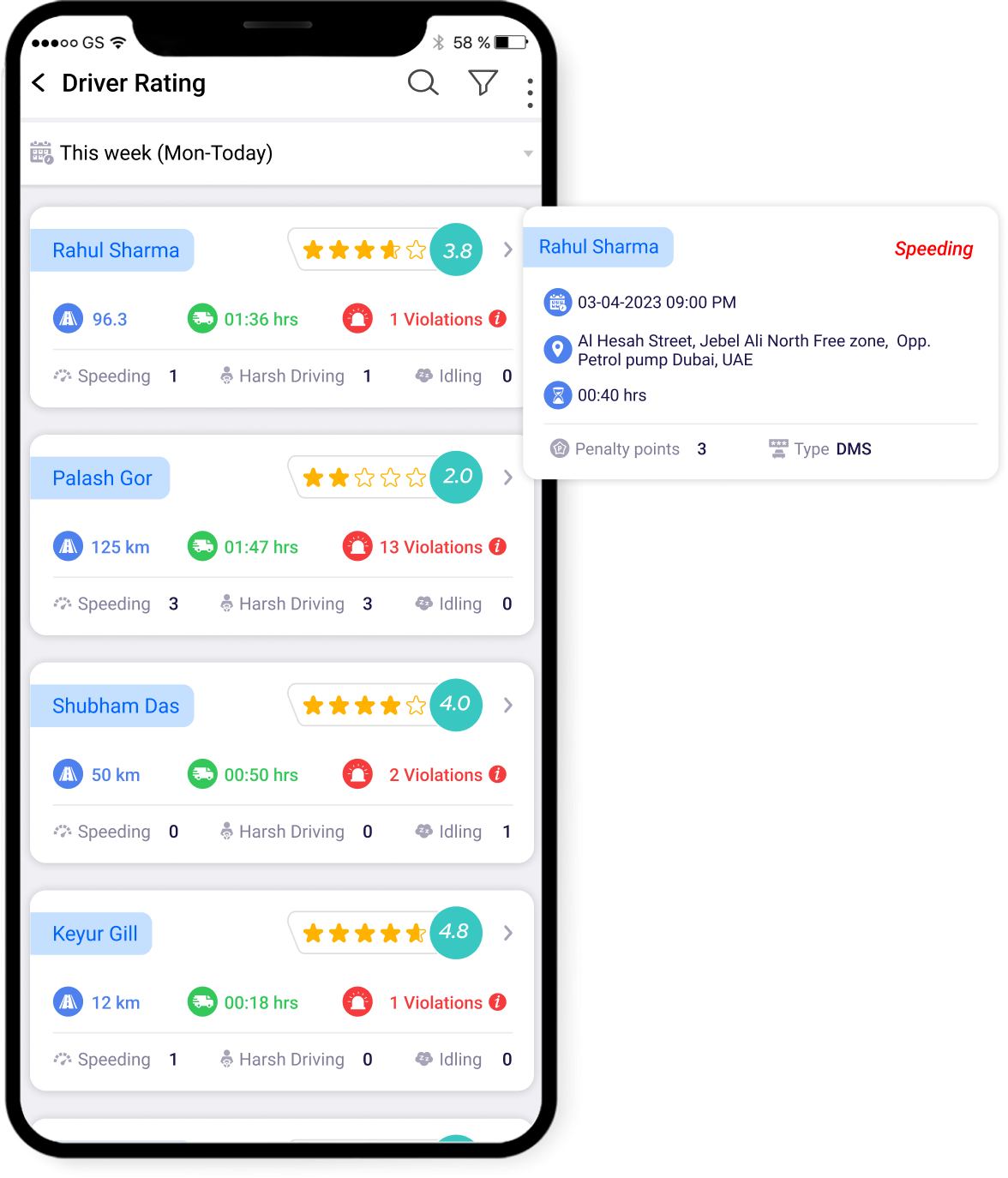
Driver scoring
Scoring provides a way for fleet managers to objectively assess driver performance and identify areas for improvement. Fleet managers can define their own scoring parameters to tailor assessments to their specific goals and priorities.
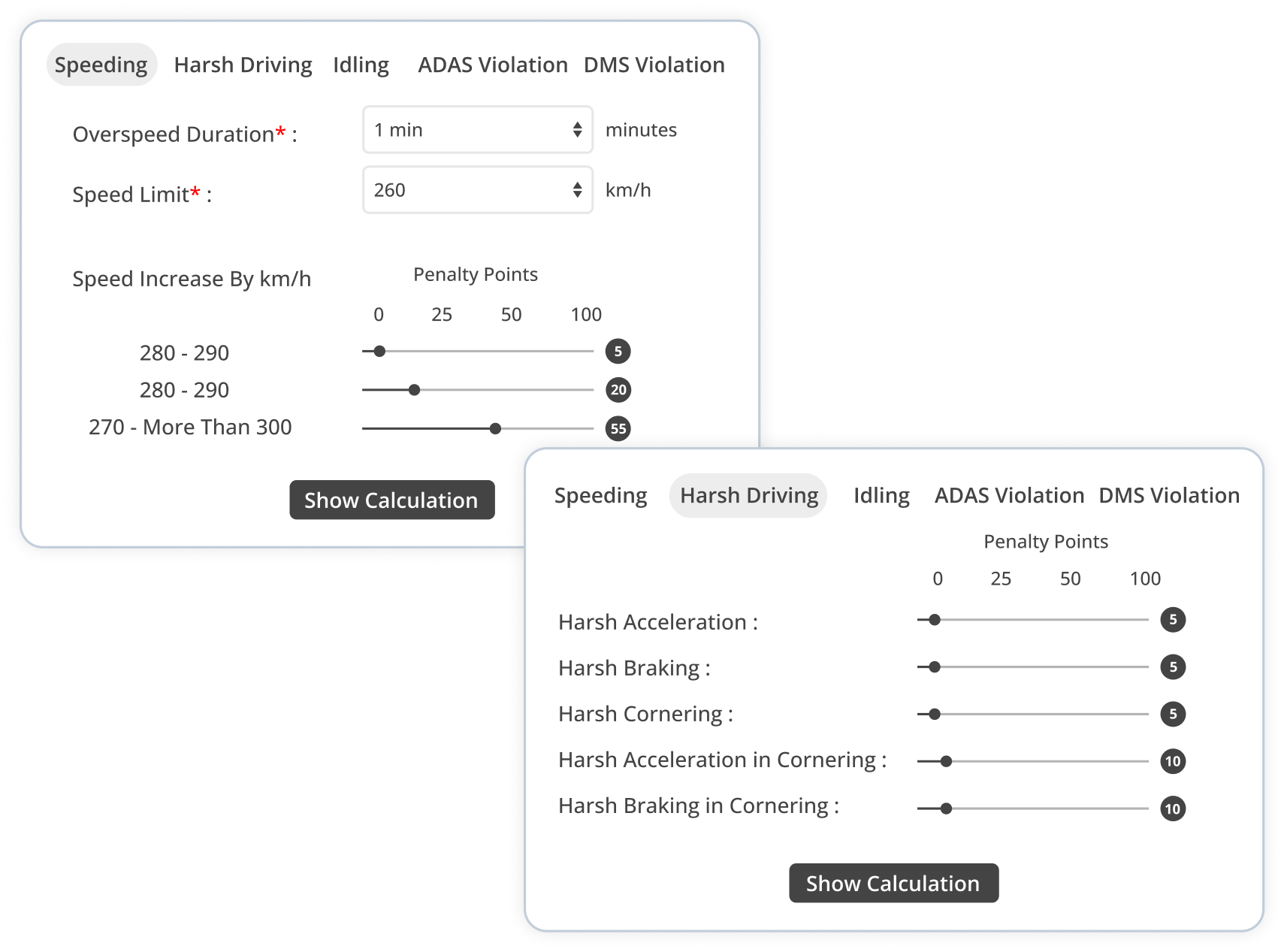
Alerts and Reports
- Violation Report
- Driver Rating
- Speeding Alerts
- Harsh Braking Alerts
Provides instances of unsafe behavior by drivers. It includes violations such as speeding, harsh braking, etc.
A report that provides an assessment of individual driver performance based on predefined criteria.
When a driver exceeds the predefined speed limit.
When a driver applies brakes abruptly or forcefully.

Empower your clients with driving behavior and help them save on costs

Uffizio Technologies Pvt. Ltd., 4th Floor, Metropolis, Opp. S.T Workshop, Valsad, Gujarat, 396001, India
by "Sunny Thakur" <sunny.thakur@uffizio.com> - 08:00 - 30 Oct 2023 -
A leader’s guide to telling it like it is
We need to talk Brought to you by Liz Hilton Segel, chief client officer and managing partner, global industry practices, & Homayoun Hatami, managing partner, global client capabilities
Leaders are often overwhelmed by information, whether it comes through torrents of emails or during seemingly endless meetings. “In our efforts to connect across our organizations, we’re drowning in real-time virtual interaction technology,” observe McKinsey senior partner Aaron De Smet and coauthors in a report on their research. “Interacting is easier than ever, but true, productive, value-creating collaboration is not.” Lack of effective communication can contribute to the problem—leaders rarely take the time to craft brief, authentic messages that cut through information overload and advance organizational objectives. A back-to-basics approach can help.
In the early months of the COVID-19 pandemic, many organizations were tasked with conveying complex and sometimes conflicting information to diverse audiences. We noted back then that “the fundamental tools of effective communication still work”: offering clear, simple, and frequent messages; choosing candor over charisma; and helping people build resilience to get through the crisis. Postpandemic, the same techniques can help leaders manage through uncertain times and gain the trust of employees and external stakeholders. Organizational changes can benefit from a well-planned communications strategy—for example, honest messaging can go a long way toward making business transformations successful. In challenging situations such as mergers, “communications should be genuine and transparent,” suggest McKinsey senior partner Oliver Engert and colleagues. “Employees value having difficult messages communicated in a direct way.”
That’s roughly how many more times management teams blame rather than credit external events—such as inflation, political upheavals, or regulatory changes—for company performance. “In good times and terrible ones, companies across industries tend to talk a lot more about headwinds than tailwinds,” observe McKinsey senior partner Ryan Davies and colleagues in their study of 14 consecutive quarters of public-company reporting. Yet they find little to no correlation between headwind or tailwind investor communications and company performance, noting that “consistent, clear, and transparent messaging is essential for companies to maintain and enhance credibility with shareholders.”
Many leaders are taught to create compelling stories that can help effect the organizational transformations they desire. But all too often, such stories fall short because they ignore five major types of impact—including impact on society and individuals—that motivate employees, according to McKinsey senior partners Carolyn Dewar and Scott Keller in their classic article on the irrational aspect of change management. At one company, switching from communicating a conventional change story to one that included all five kinds of impact lifted employee motivation measures from 35.4 percent to 57.1 percent in a month and enabled a 10 percent improvement in cost efficiency in the first year.
Corporate buzzwords and jargon are often the target of jokes. But poor communication can have consequences that are far from amusing—bad writing may cost businesses nearly $400 billion a year, according to one survey. In a well-known case, a single typo in a government agency’s report forced a company to go out of business. Workplace communications that are too long, poorly organized, or unclear may confuse recipients and drain productivity. “The difference between good and bad communication can’t be overstated,” says McKinsey partner Julie Goran. “Think about having a clear and compelling narrative that’s shared in a coherent and consistent way. It encourages dialogue and engagement, and it’s a source of motivation.”
Lead by communicating well.
— Edited by Rama Ramaswami, senior editor, New York
Share these insights
Did you enjoy this newsletter? Forward it to colleagues and friends so they can subscribe too. Was this issue forwarded to you? Sign up for it and sample our 40+ other free email subscriptions here.
This email contains information about McKinsey’s research, insights, services, or events. By opening our emails or clicking on links, you agree to our use of cookies and web tracking technology. For more information on how we use and protect your information, please review our privacy policy.
You received this email because you subscribed to the Leading Off newsletter.
Copyright © 2023 | McKinsey & Company, 3 World Trade Center, 175 Greenwich Street, New York, NY 10007
by "McKinsey Leading Off" <publishing@email.mckinsey.com> - 02:06 - 30 Oct 2023 -
Are you back in the office? In the hybrid work era, employee expectations are changing.
On Point
The future of real estate Brought to you by Liz Hilton Segel, chief client officer and managing partner, global industry practices, & Homayoun Hatami, managing partner, global client capabilities
•
History lesson. It’s important to know the historical context when considering the US office market, David Steinbach, Hines’ global chief investment officer and cohead of investment management, shares with McKinsey partner Brian Vickery in a recent episode of Deal Volume. Tax reform in the 1980s and about 15 years of 0% interest rates incentivized landlords to “increase rent and create higher tenant inducements,” Vickery explains. That in turn raised tenants’ expectations and “distorted the dynamics of supply and demand within office buildings.”
— Edited by Belinda Yu, editor, Atlanta
Introducing Insights to Impact
Be among the first to subscribe to this free newsletter delivering a weekly roundup of analysis that’s influencing decision makers. Each Friday, we’ll offer insights across geographies, industries, and capabilities to help leaders identify new opportunities to spur innovation and growth, sustainably.
Click to subscribeThis email contains information about McKinsey's research, insights, services, or events. By opening our emails or clicking on links, you agree to our use of cookies and web tracking technology. For more information on how we use and protect your information, please review our privacy policy.
You received this email because you subscribed to the On Point newsletter.
Copyright © 2023 | McKinsey & Company, 3 World Trade Center, 175 Greenwich Street, New York, NY 10007
by "McKinsey On Point" <publishing@email.mckinsey.com> - 01:41 - 30 Oct 2023 -
โปรโมชั่น Smart Variable Speed Drive
Schneider Electric
Industries of the FutureSmart Variable Speed Drive - Industrial IoT Solutionพบกับ Smart Variable Speed Drive หรือ Invertor Solutions สุดล้ำที่สามารถสร้างสิ่งที่ดีที่สุดให้กับคุณด้วยสมาร์ทเทคโนโลยี เพื่อตอบรับการเข้าสู่ยุค Industrial iIOT
พบกับโปรโมชั่นสุดพิเศษจากชไนเดอร์!
Promotion => ATV340
คลิกด้านล่างเพื่อดูรายละเอียดโปรโมชั่นได้เลย!+ Lifecycle Services From energy and sustainability consulting to optimizing the life cycle of your assets, we have services to meet your business needs. Schneider Electric
46 Rungrojthanakul Building. 1st, 10th, 11th Floor, Ratchadapisek Road. Huaykwang
Bangkok - 10310, Thailand
Phone +662 617 5555© 2023 Schneider Electric. All Rights Reserved. Schneider Electric is a trademark and the property of Schneider Electric SE, its subsidiaries and affiliated companies. All other trademarks are the property of their respective owners.
by "Schneider Electric" <reply@se.com> - 11:01 - 29 Oct 2023 -
A new tool to visualize flows of trade around the world
Deepen your understanding Brought to you by Liz Hilton Segel, chief client officer and managing partner, global industry practices, & Homayoun Hatami, managing partner, global client capabilities
New from McKinsey & Company
G7 trade representatives are convening in Osaka, Japan, today for the G7 Trade Ministers’ Meeting. As global economic connections continue to shift and reconfigure, collaboration is critical to addressing sustainability and resilience in the global trading system. A new interactive tool from the McKinsey Global Institute (MGI)—which draws on two decades worth of data covering more than 50 economies, 15 major sectors, and more than 100 subsectors across various manufactured goods and resources categories—can help inform decision making around growth opportunities, supply chain dynamics, and other trends that depend on global trade flows. Check out the tool, developed by MGI’s Jeongmin Seong, Olivia White, and Jonathan Woetzel, with contributions from other McKinsey colleagues and academic advisors, and explore more insights on the global flows that connect our world.
MORE FROM MCKINSEY
To see more essential reading on topics that matter, visit McKinsey Themes.
— Edited by Eleni Kostopoulos, managing editor, New York
This email contains information about McKinsey's research, insights, services, or events. By opening our emails or clicking on links, you agree to our use of cookies and web tracking technology. For more information on how we use and protect your information, please review our privacy policy.
You received this email because you subscribed to our McKinsey Global Institute alert list.
Copyright © 2023 | McKinsey & Company, 3 World Trade Center, 175 Greenwich Street, New York, NY 10007
by "McKinsey & Company" <publishing@email.mckinsey.com> - 06:29 - 28 Oct 2023 -
The week in charts
The Week in Charts
Transitions in banking, medtech R&D spending, and more Share these insights
Did you enjoy this newsletter? Forward it to colleagues and friends so they can subscribe too. Was this issue forwarded to you? Sign up for it and sample our 40+ other free email subscriptions here.
This email contains information about McKinsey's research, insights, services, or events. By opening our emails or clicking on links, you agree to our use of cookies and web tracking technology. For more information on how we use and protect your information, please review our privacy policy.
You received this email because you subscribed to The Week in Charts newsletter.
Copyright © 2023 | McKinsey & Company, 3 World Trade Center, 175 Greenwich Street, New York, NY 10007
by "McKinsey Week in Charts" <publishing@email.mckinsey.com> - 03:02 - 28 Oct 2023 -
EP83: Explaining 9 Types of API Testing
EP83: Explaining 9 Types of API Testing
This week’s system design interview: Python Vs C++ Vs Java! (Youtube video) Explaining 9 types of API testing API Vs SDK! System Design for Everyone! Explain the Top 6 Use Cases of Object Stores How to Build Your Engineering Metrics Program (Guide) (Sponsored) Forwarded this email? Subscribe here for moreThis week’s system design interview:
Python Vs C++ Vs Java! (Youtube video)
Explaining 9 types of API testing
API Vs SDK!
System Design for Everyone!
Explain the Top 6 Use Cases of Object Stores
How to Build Your Engineering Metrics Program (Guide) (Sponsored)
While sales and marketing have clear, well understood dashboards, engineering insight often feels just out of reach.
Structuring and correlating engineering data with a metrics program provides holistic visibility into engineering health, fosters delivery predictability, improves dev experience, and helps you communicate with the rest of the business in a common language.
Use this free guide to start your metrics program–inside you’ll learn to:
Identify leading and lagging indicators of engineering health
Benchmark metrics and define “good” for your team
Surface risk indicators and improvement opportunities
Build an improvement strategy with automation and goal setting
Python Vs C++ Vs Java!
Explaining 9 types of API testing
Smoke Testing
This is done after API development is complete. Simply validate if the APIs are working and nothing breaks.Functional Testing
This creates a test plan based on the functional requirements and compares the results with the expected results.Integration Testing
This test combines several API calls to perform end-to-end tests. The intra-service communications and data transmissions are tested.Regression Testing
This test ensures that bug fixes or new features shouldn’t break the existing behaviors of APIs.Load Testing
This tests applications’ performance by simulating different loads. Then we can calculate the capacity of the application.Stress Testing
We deliberately create high loads to the APIs and test if the APIs are able to function normally.Security Testing
This tests the APIs against all possible external threats.UI Testing
This tests the UI interactions with the APIs to make sure the data can be displayed properly.Fuzz Testing
This injects invalid or unexpected input data into the API and tries to crash the API. In this way, it identifies the API vulnerabilities.
Latest articles
If you’re not a subscriber, here’s what you missed this month.
The 6 Most Impactful Ways Redis is Used in Production Systems
The Tech Promotion Algorithm: A Structured Guide to Moving Up
To receive all the full articles and support ByteByteGo, consider subscribing:
API Vs SDK!
API (Application Programming Interface) and SDK (Software Development Kit) are essential tools in the software development world, but they serve distinct purposes:
API:
An API is a set of rules and protocols that allows different software applications and services to communicate with each other.It defines how software components should interact.
Facilitates data exchange and functionality access between software components.
Typically consists of endpoints, requests, and responses.
SDK:
An SDK is a comprehensive package of tools, libraries, sample code, and documentation that assists developers in building applications for a particular platform, framework, or hardware.Offers higher-level abstractions, simplifying development for a specific platform.
Tailored to specific platforms or frameworks, ensuring compatibility and optimal performance on that platform.
Offer access to advanced features and capabilities specific to the platform, which might be otherwise challenging to implement from scratch.
The choice between APIs and SDKs depends on the development goals and requirements of the project.
Over to you:
Which do you find yourself gravitating towards – APIs or SDKs – Every implementation has a unique story to tell. What's yours?System Design for Everyone!
We've open-sourced the 'System Design 101' GitHub repo last week, which has just reached 35,000 stars.
Thanks to everyone who has starred, forked, or contributed to the repository. We got our 1st GitHub badge!
We are actively working on improving it and have merged 15 pull requests last week. Everyone is welcome to contribute.
What's included in the GitHub repository:100 byte-sized system concepts with visuals.
Real-world case studies.
Tips on how to prepare for system design interviews.
Topics included (and many many more):
SOAP vs. REST vs. GraphQL vs. RPC
HTTP 1.0 -> HTTP 1.1 -> HTTP 2.0 -> HTTP 3.0 (QUIC)
CI/CD Pipeline Explained in Simple Terms
8 Data Structures That Power Your Databases
Top caching strategies
What does a typical microservice architecture look like?
Start exploring the repository here.
Explain the Top 6 Use Cases of Object Stores
What is an object store?
Object store uses objects to store data. Compared with file storage which uses a hierarchical structure to store files, or block storage which divides files into equal block sizes, object storage stores metadata together with the objects. Typical products include AWS S3, Google Cloud Storage, and Azure Blob Storage.
An object store provides flexibility in formats and scales easily.Case 1: Data Archiving
With the ever-growing amounts of business data, we cannot store all the data in core storage systems. We need to have layers of storage plan. An object store can be used to archive old data that exists for auditing or client statements. This is a cost-effective approach.Case 2: Unstructured Data Storage
We often need to deal with unstructured data or semi-structured data. In the past, they were usually stored as blobs in the relational database, which was quite inefficient. An object store is a good match for music, video files, and text documents. Companies like Spotify or Netflix uses object store to persist their media files.Case 3: Cloud Native Storage
For cloud-native applications, we need the data storage system to be flexible and scalable. Major public cloud providers have easy API access to their object store products and can be used for economical storage choices.Case 4: Data Lake
There are many types of data in a distributed system. An object store-backed data lake provides a good place for different business lines to dump their data for later analytics or machine learning. The efficient reads and writes of the object store facilitate more steps down the data processing pipeline, including ETL(Extract-Transform-Load) or constructing a data warehouse.Case 5: Internet of Things (IoT)
IoT sensors produce all kinds of data. An object store can store this type of time series and later run analytics or AI algorithms on them. Major public cloud providers provide pipelines to ingest raw IoT data into the object store.Case 6: Backup and Recovery
An object store can be used to store database or file system backups. Later, the backups can be loaded for fast recovery. This improves the system’s availability.
Over to you: What did you use object store for?
Latest articles
Here are the latest articles you may have missed:
To receive all the full articles and support ByteByteGo, consider subscribing:
Like
Comment
Restack
© 2023 ByteByteGo
548 Market Street PMB 72296, San Francisco, CA 94104
Unsubscribe
by "ByteByteGo" <bytebytego@substack.com> - 11:36 - 28 Oct 2023 -
From purpose to power: Defying the status quo
Readers & Leaders
Plus, 5 interviews on life and leadership lessons THIS MONTH'S PAGE-TURNERS ON BUSINESS AND BEYOND
You’ve just been blindsided by a business setback or a personal loss. The experience could render you crippled by caution, or it could help you reframe the future. As the interviews below demonstrate, life lessons can create opportunity for growth and innovation. At times, they can harness the potential that turns the biggest gambles into the greatest payoffs.
In this edition of Readers & Leaders, learn how perceived setbacks turned three authors into catalysts for change and transformed their approach to business and leadership. When met with the challenges of Ebola and energy deprivation in the poorest communities, Dr. Rajiv J. Shah, president of the Rockefeller Foundation, employed the “big bets” concept—using innovative solutions to tackle the world’s greatest problems. In a new Author Talks interview, Dr. Shah shares the importance of learning from others to enact change, why trusting your moral instincts is important, and why giving up control is essential to achieving scale and sustainability. In other featured interviews, Ron Shaich, founder and former CEO of Au Bon Pain and Panera Bread, explores how the loss of his parents helped him redefine a life well-lived and turn pain into purpose, and BBC analysis editor Ros Atkins discusses how a lost job opportunity triggered a journey into improving his communication skills.IT BEARS REPEATING
“I actually learned a playbook of how young people, in particular, can aspire to be changemakers. Anyone can be a changemaker if they adopt a big-bet mindset and are willing to think boldly—just as boldly as you would in the private sector. Think boldly about how you can actually make positive changes in this world.”
—Dr. Rajiv J. Shah, president, the Rockefeller Foundation, in an October edition of Author Talks.IN CASE YOU MISSED IT
Ron Shaich on why your life assessment shouldn’t happen “in the ninth inning, with two outs”: “Essentially, the process of a premortem, or defining today what’s going to matter tomorrow, is about figuring out, ‘Where do I want to land in the future? I know where I want to be in three years, in five, in seven. I could effectively build a plan to get there.’” Watch the full interview.
Ros Atkins offers a practical approach to effective explanation: “If you can spot the elements of those subjects that you’re not comfortable with, get the information to help you, and then do the preparation to make sure you can express that information clearly, you understand the subject, and you can then explain it.” Watch the full interview.TURN BACK THE PAGE
Looking to learn more about how life lessons could impact leadership in your organization? Revisit these 2023 Author Talks interviews.
1. IBM’s Ginni Rometty on leading with ‘good power’
2. Create your ‘reinvention road map’ in four easy steps
3. Embracing power and possibility in the aftermath of loss
4. How people-first leadership can make the sky the limit
5. The world’s longest study of adult development finds the key to happy livingBUSINESS BESTSELLERS TOP
8
BUSINESS OVERALL
BUSINESS HARDCOVER
DECISION MAKING
ECONOMICS
ORGANIZATIONAL BEHAVIOR
WORKPLACE CULTURE
DIVERSITY & INCLUSION
SUSTAINABILITY
BOOKMARK THIS
If you’d like to propose a book or author for #McKAuthorTalks, please email us at Author_Talks@McKinsey.com. Due to the high volume of requests, we will respond only to those being considered.
— Edited by Emily Adeyanju, an editor in McKinsey’s Charlotte office
Share these insights
Did you enjoy this newsletter? Forward it to colleagues and friends so they can subscribe too.
Was this issue forwarded to you? Sign up for it and sample our 40+ other free email subscriptions here.
This email contains information about McKinsey's research, insights, services, or events. By opening our emails or clicking on links, you agree to our use of cookies and web tracking technology. For more information on how we use and protect your information, please review our privacy policy.
You received this email because you subscribed to the Readers & Leaders newsletter.
Copyright © 2023 | McKinsey & Company, 3 World Trade Center, 175 Greenwich Street, New York, NY 10007
by "McKinsey Readers & Leaders" <publishing@email.mckinsey.com> - 11:27 - 28 Oct 2023 -
Hello, new API landscape!
Hello, new API landscape!
The 2024 stage is set for innovation and digital progress. How will you ensure your business thrives in this dynamic digital landscape?When we gazed into our Tyk crystal ball to look at upcoming trends for APIs (as we often do – we haven't just been named as Leaders in the Gartner® Magic Quadrant™ for no reason – more on that below), observability,
OpenTelemetry, and the importance of API monitoring stood out ten-fold.
These frameworks are reshaping how we monitor, trace, and optimise APIs by providing comprehensive insights into data flow across services and applications.
It's a huge focus for us, and we're backing that prediction up with a powerful new feature as part of Tyk 5.2... OpenTelemetry Tracing, launching any day now. In the meantime, check out our blogs and events below for all sorts of data-driven insights into your APIs!
P.S. Want to hear more from Tyk? Subscribe to our newsletter here

Tyk in the limelight
Tyk enters the Gartner LEADER club!
We got a bit bored of being one of Gartner's Magic Quadrant™ Visionaries, so we've made our way into the elite LEADER club! We're proud to be here. So, what's next? Universe dominator? Only Tyk will tell! Read our story and all the details here.

The resource hub
New blogs on the block
Maximising API performance
Allow us to share the wisdom of API-Topia on maximising API performance so your APIs – and your business – can flourish. Implementing each element below will bring you closer to the ultimate API performance you seek. Check it out.
3 trends for APIs in 2024
Looking to know what's crucial to the advancement of APIs next year? Three key themes crop up repeatedly: Observability, OpenTelemetry and the democratisation of APIs as they go mainstream. Read the blog.
SRE vs platform engineering
Site reliability engineering and platform engineering don’t need to be gearing up for some epic battle. Embracing both could lead to exciting outcomes for your API products and business. Let us explain… Find out more.

Coming to a location near you
Here are all the details on the latest and greatest events and speaker slots coming up in the Tyk universe:

API platform engineering fundamentals
Module 4: Building scalable API platforms – security, governance & open standards


API platform engineering fundamentals
Module 6: Measuring success and the future
of platform engineering
Want to be the first to hear about our events? Sign up here to stay in the loop.
We also have a PLETHORA of webinars on all sorts of API-related topics you can crack into and watch on-demand here, as well as the first 3 modules of that platform engineering fundamentals programme. Go on, you know you want to check them out.
As we look ahead to 2024, the world of APIs is poised for significant transformation, with observability, OpenTelemetry and exceptional API experiences at the fore. The stage is set for API Topia - where APIs come to live their best life. Come visit; no passport is required!
Tyk, 87a Worship Street, London, City of London EC2A 2BE, United Kingdom, +44 (0)20 3409 1911
by "Budhaditya Bhattacharya" <communities@tyk.io> - 11:04 - 27 Oct 2023

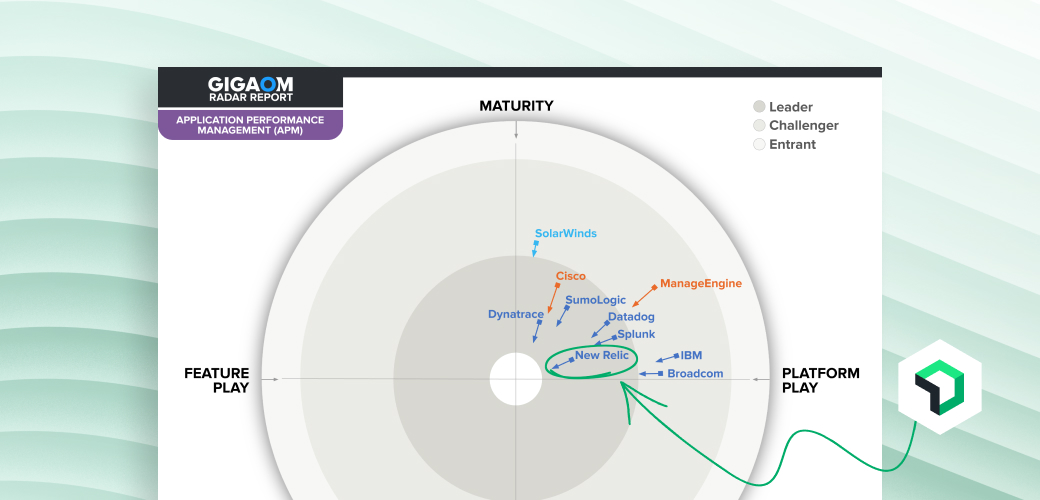


.png)












.png?width=1200&upscale=true&name=Group%201%20(6).png)















